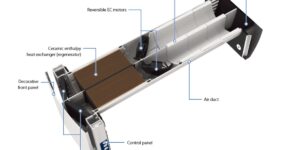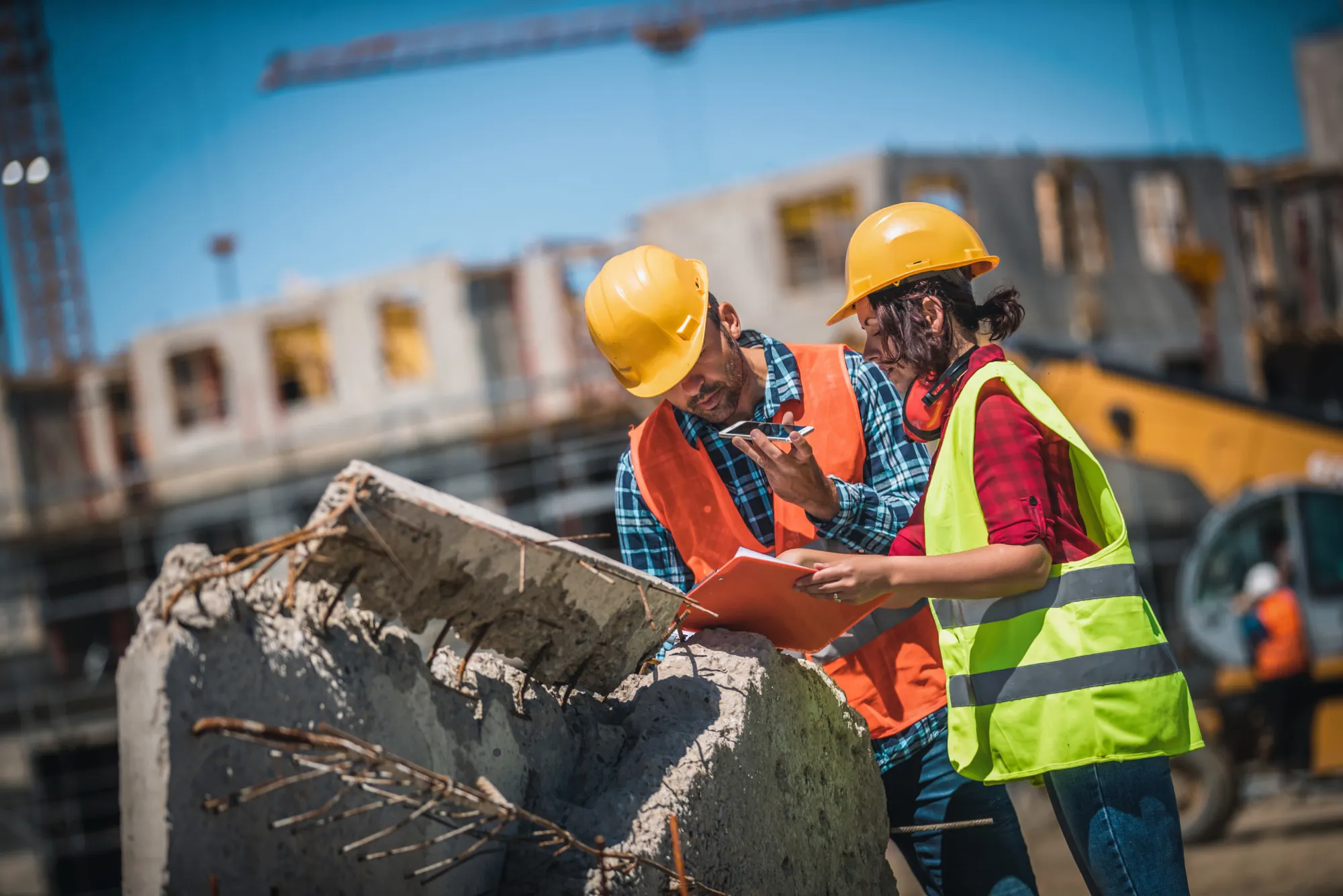How Does Decentralized Heat Recovery Ventilation Work?
Decentralized heat recovery ventilation (DHRV) is a cutting-edge system designed to optimize indoor air quality and energy efficiency. Here’s a comprehensive look at how it operates.
Introduction to DHRV Systems
Decentralized heat recovery ventilation involves individual units strategically placed throughout a building. These units, equipped with heat exchangers, capture and exchange thermal energy between incoming and outgoing air.
The Core Mechanism of Heat Recovery
Extracting Stale Air
DHRV systems begin by extracting stale air from inside the building. This air usually contains pollutants, humidity, and odors that impact the overall indoor environment.
Heat Exchange Process
In the heart of the DHRV system lies the heat exchanger. This component facilitates the exchange of thermal energy between the outgoing stale air and the incoming fresh air. The result is a more energy-efficient process that helps maintain a comfortable indoor temperature.
Distribution of Fresh Air
Filtering and Purification
Before entering living spaces, the fresh air undergoes filtration, removing particulate matter and allergens. This purification step ensures that the air distributed is not only fresh but also clean and healthy.
Balanced Airflow
DHRV systems ensure a balanced airflow, preventing the over-pressurization or under-pressurization of individual rooms. This balanced distribution optimizes the efficiency of the ventilation system.

Energy Efficiency and Environmental Impact
Reduced Energy Consumption
Decentralized heat recovery ventilation significantly reduces the energy consumption of HVAC systems by reusing the thermal energy from outgoing air. This translates into lower utility costs and a smaller environmental footprint.
Compliance with Green Building Standards
DHRV systems align with green building practices and standards, contributing to sustainable construction and operation. The recovered energy promotes eco-friendly solutions for heating and cooling requirements.
Advantages of Decentralized Heat Recovery Ventilation
Enhanced Indoor Air Quality
By continuously exchanging and purifying air, DHRV systems create an environment free from pollutants, allergens, and excessive humidity, promoting better health and well-being.
Cost Savings
The energy-efficient nature of DHRV systems leads to considerable cost savings over time, making them a wise investment for both residential and commercial applications.
In conclusion, decentralized heat recovery ventilation systems revolutionize the way we manage indoor air quality and energy consumption. By employing innovative heat exchange mechanisms, these systems contribute to healthier, more sustainable living and working environments.
decentralised heat recovery ventilation
Decentralized heat recovery ventilation (DHRV) represents a breakthrough in HVAC technology, revolutionizing the way buildings manage air decentralised heat recovery ventilation. Unlike traditional systems, DHRV operates on a decentralized model, employing individual units strategically placed throughout a structure. The core mechanism involves extracting stale air, passing it through a heat exchanger, and redistributing it as fresh, filtered air. This process not only enhances indoor air quality by removing pollutants but also optimizes energy efficiency by reusing thermal energy. The result is a balanced airflow, cost savings, and a reduced environmental impact, aligning with the growing emphasis on sustainable living and construction practices. DHRV systems prove to be a game-changer in creating healthier, energy-efficient indoor environments for both residential and commercial spaces.


